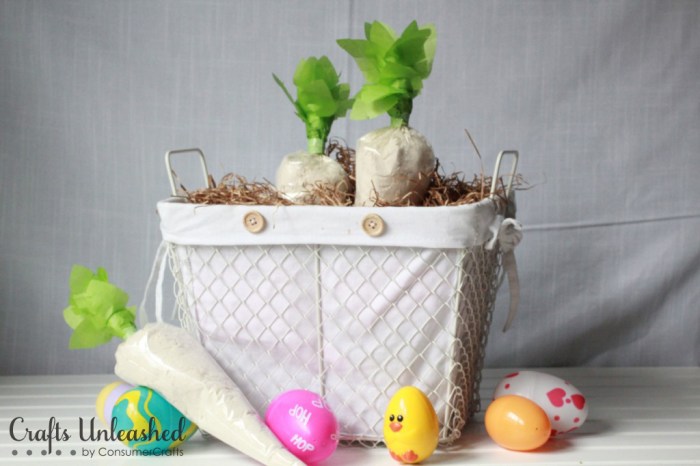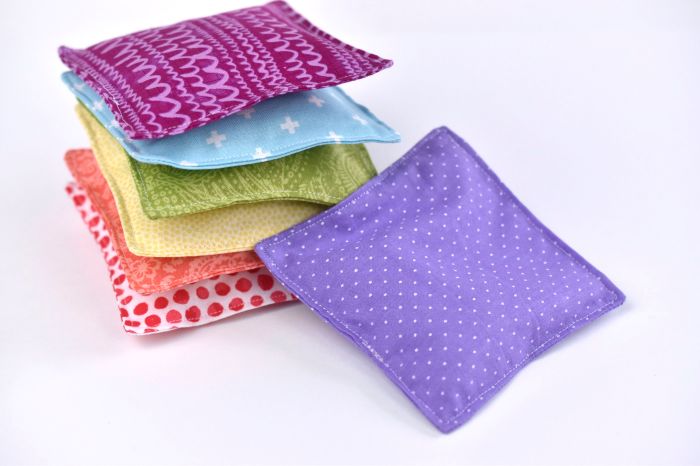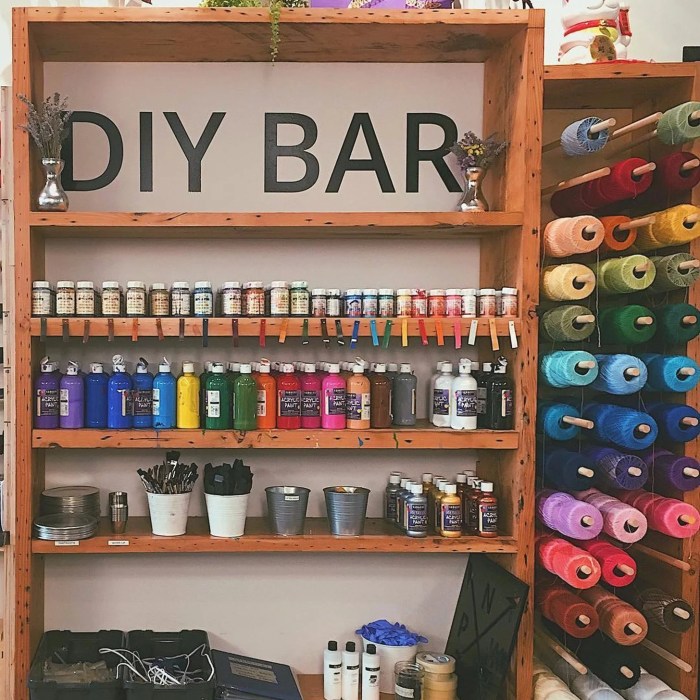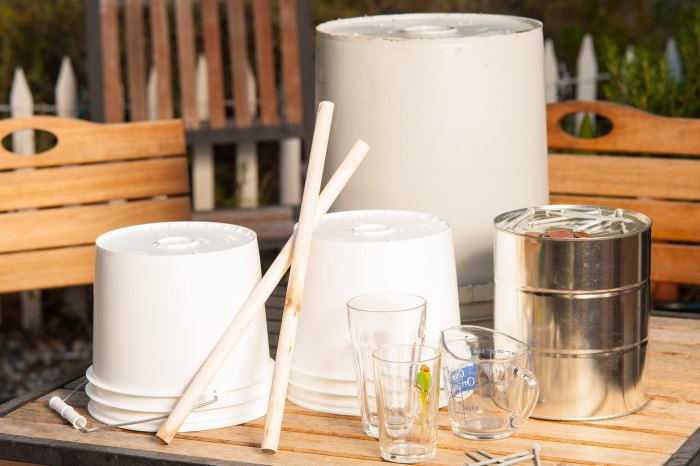DIY escape room ideas set the stage for an exciting adventure, allowing you to transform your home or any space into a captivating puzzle-filled experience. The allure of crafting your own escape room lies in the creative freedom to design a unique storyline, intricate puzzles, and immersive atmosphere. Whether you’re a seasoned game master or a curious beginner, this guide provides a comprehensive roadmap for bringing your escape room vision to life.
From conceptualizing engaging themes and designing challenging puzzles to creating immersive set pieces and crafting captivating clues, this guide explores every aspect of the DIY escape room journey. We’ll delve into practical tips and tricks for setting up your room, ensuring safety for participants, and creating an unforgettable experience that will leave your guests wanting more.
Room Setup and Decoration
Setting up your escape room involves thoughtfully arranging the space, incorporating engaging decorations, and strategically placing puzzle elements. The goal is to create a captivating environment that immerses players in the room’s theme and challenges them to solve the puzzles.
Designating Areas for Puzzle Elements and Set Dressing
To ensure a smooth flow and prevent overcrowding, it’s crucial to designate specific areas for puzzle elements and set dressing. This helps players navigate the room efficiently and avoids unnecessary clutter.
- Puzzle Areas: Allocate distinct zones for each puzzle, ensuring enough space for players to interact with them without obstructing other elements.
- Set Dressing: Dedicate areas for decorative items, props, and furniture that contribute to the room’s atmosphere.
- Traffic Flow: Plan the layout to facilitate easy movement between puzzle areas and set dressing zones, preventing bottlenecks.
Using Everyday Items to Create Escape Room Props
Resourcefulness is key in creating escape room props. Utilizing everyday items can significantly reduce costs while adding a unique touch.
- Recycled Materials: Cardboard boxes, old furniture, and discarded fabrics can be repurposed into intriguing props, like treasure chests, ancient artifacts, or mysterious contraptions.
- Household Objects: Common items like clocks, lamps, or picture frames can be cleverly incorporated into puzzles or serve as decorative elements.
- Creative Modifications: Simple modifications, such as adding locks, switches, or hidden compartments, can transform ordinary objects into interactive props.
Creating an Immersive Atmosphere with Lighting and Sound
Lighting and sound play a crucial role in establishing the room’s atmosphere and enhancing the player experience.
- Lighting: Experiment with different light sources, intensities, and colors to create the desired ambiance. Dim lighting can enhance suspense, while colorful lights can create a playful mood.
- Sound: Use background music, sound effects, or voiceovers to complement the room’s theme. Consider incorporating sound cues that trigger specific events or provide hints.
Puzzle Creation: Diy Escape Room Ideas
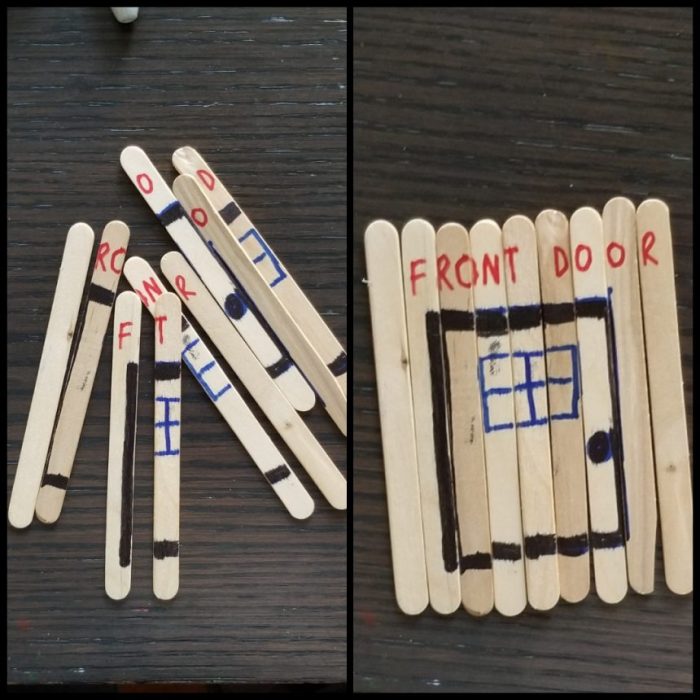
Escape room puzzles are the heart of the experience, driving the narrative and challenging players to solve them. Designing puzzles that are engaging, thematic, and solvable is crucial for a successful escape room.
Types of Puzzles
Puzzles can be broadly categorized into three main types: logic, observation, and physical. Each type presents a unique challenge and can be tailored to your escape room theme.
- Logic Puzzles: These puzzles rely on deductive reasoning, pattern recognition, and problem-solving skills. They often involve deciphering codes, solving mathematical equations, or completing word puzzles. For example, a puzzle could involve finding a hidden message by rearranging letters in a scrambled sentence, or using a cipher to decode a message.
- Observation Puzzles: These puzzles require players to carefully examine their surroundings, identify clues, and use their powers of observation. They often involve hidden messages, secret compartments, or objects that need to be manipulated in a specific way. For example, a puzzle could involve finding a hidden symbol on a seemingly ordinary object, or identifying a specific pattern in a painting.
- Physical Puzzles: These puzzles involve manipulating physical objects, such as locks, keys, or mechanisms. They often require players to work together and use their physical dexterity. For example, a puzzle could involve using a combination lock, unlocking a box with a hidden key, or completing a complex puzzle using a set of wooden blocks.
Puzzle Design Tips
- Theme Integration: Puzzles should seamlessly integrate with the escape room theme, creating a cohesive and immersive experience. For example, a puzzle in a pirate-themed escape room could involve deciphering a treasure map or finding a hidden key inside a treasure chest.
- Clear Solutions: Every puzzle should have a clear and logical solution. Avoid creating puzzles that are ambiguous or have multiple solutions, as this can lead to frustration and confusion. For example, a puzzle could involve finding a specific number sequence, which unlocks a safe or opens a door.
- Hints and Clues: Provide players with clear and concise hints that guide them towards the solution without giving it away entirely. Hints can be placed in the room, given verbally by a game master, or presented as digital clues. For example, a hint could be a cryptic message that reveals a hidden clue or a specific word that unlocks a hidden compartment.
Safety and Logistics
Creating a safe and enjoyable escape room experience for your participants is paramount. It involves careful planning and execution to ensure everyone has a fun and memorable time. This section focuses on safety considerations, participant flow management, and crafting a clear and concise game timer.
Safety Considerations, Diy escape room ideas
Safety is of utmost importance when designing and running an escape room. You need to anticipate potential hazards and implement measures to mitigate risks.
- Fire Safety: Ensure your escape room is equipped with working smoke detectors and fire extinguishers. Clearly mark exits and have a fire escape plan in place. Regularly check the condition of your escape room and maintain a safe environment.
- Electrical Safety: Inspect all electrical wiring and appliances for damage or wear. Use proper grounding techniques and ensure all electrical equipment is certified. Avoid overloading circuits and ensure all cords are safely routed.
- Physical Safety: Ensure your escape room is free from trip hazards, loose objects, or sharp edges. Provide adequate lighting to prevent falls or accidents.
- Participant Health: Consider the physical limitations of your participants. Avoid puzzles that require excessive physical exertion or that might trigger pre-existing health conditions. If participants have specific needs, ensure the escape room is accessible and accommodating.
Managing Participant Flow
Managing the flow of participants is crucial for a smooth and enjoyable escape room experience. You need to create a clear and efficient process to guide participants through the room.
- Welcome and Briefing: Welcome participants with a brief introduction to the escape room theme and the rules of the game. Explain the objective, how the timer works, and any specific instructions for the room.
- Room Setup: Before each group enters, ensure the room is reset to its original state. This includes resetting puzzles, replacing any used props, and ensuring the room is clean and tidy.
- Group Size: Determine the optimal group size for your escape room. Consider the space available, the complexity of the puzzles, and the desired level of interaction between participants.
- Time Management: Set a clear time limit for the escape room. Provide a visual countdown timer for participants to track their progress. Be prepared to offer hints or assistance if needed.
Creating a Game Timer
A clear and concise game timer is essential for the escape room experience. It creates a sense of urgency and adds to the excitement.
- Visibility: Ensure the timer is prominently displayed and easily visible to all participants.
- Clarity: Use a simple and easy-to-understand timer format. A digital countdown clock is ideal for providing clear and accurate time information.
- Sound: Consider adding a sound effect to the timer to provide a clear indication of the time remaining. A gentle chime or alarm can signal the end of the game.
Budget-Friendly Solutions
Creating an escape room doesn’t have to break the bank. With a little creativity and resourcefulness, you can transform your space into an immersive and engaging experience without spending a fortune. This section will guide you through cost-effective ways to design and build your own escape room, focusing on repurposing and upcycling materials, and exploring budget-friendly props and puzzles.
Repurposing and Upcycling Materials
Repurposing and upcycling materials is a fantastic way to save money and create unique elements for your escape room. You can find countless items at thrift stores, garage sales, or even in your own home that can be transformed into intriguing props and puzzles.
- Old furniture: Transform old dressers, cabinets, or desks into secret compartments, hidden passageways, or even puzzle elements.
- Fabric scraps: Use fabric scraps to create costumes, decorations, or even disguise objects.
- Empty containers: Turn empty jars, bottles, or boxes into puzzle containers or storage for clues.
- Recycled materials: Paper, cardboard, and plastic can be repurposed into props, puzzles, or even room decorations.
Budget-Friendly Escape Room Props and Puzzles
There are numerous ways to create engaging and cost-effective escape room props and puzzles using everyday items and materials.
- Lock and Key Puzzles: Use inexpensive padlocks, combination locks, or even old-fashioned keyholes. You can create custom keys or use readily available ones.
- Word Puzzles: Create anagrams, crosswords, or riddles using inexpensive paper and pens. You can also use online resources to generate word puzzles.
- Code-Based Puzzles: Use simple codes like Caesar ciphers or binary codes. You can find online resources to help you create and decode these puzzles.
- Hidden Message Puzzles: Hide clues or messages within plain sight using invisible ink, UV light, or even Braille.
Engaging the Audience
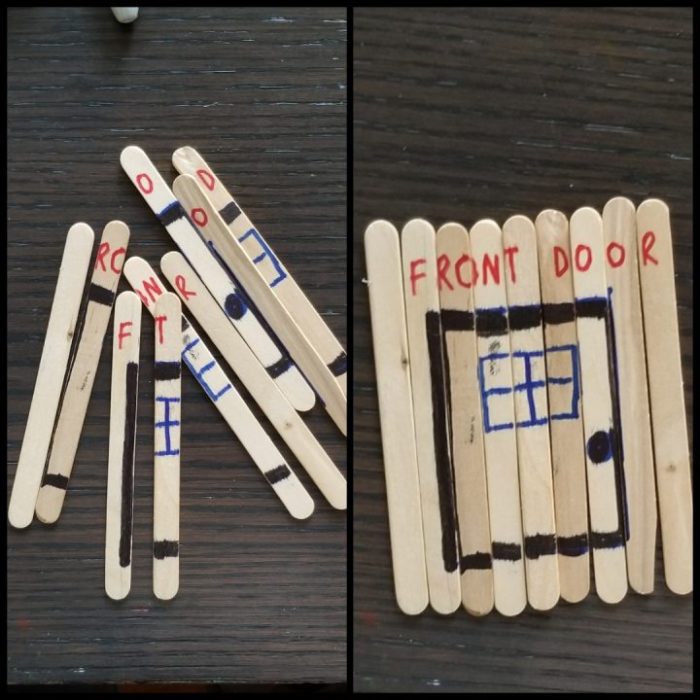
A successful DIY escape room relies on captivating your audience and keeping them fully immersed in the experience. It’s not just about solving puzzles; it’s about creating a world that draws them in, challenges their minds, and leaves them wanting more.
Incorporating Storytelling and Character Development
To truly engage your audience, weave a compelling narrative throughout your escape room. This doesn’t have to be a complex plot; even a simple story can add depth and intrigue. Consider introducing characters through clues, notes, or even voice recordings. These elements can help build suspense, provide context, and enhance the overall experience.
- Create a backstory for your escape room: What is the setting? What happened to the previous occupants? What is the goal of the players?
- Introduce characters through clues: A cryptic message from a scientist who created the puzzles, or a diary entry from a lost explorer, can add a personal touch to the experience.
- Use voice recordings to create an immersive atmosphere: A character narrating the story, giving instructions, or even taunting the players can make the room feel more alive.
Providing Feedback and Encouraging Participation
After the escape, take the time to provide feedback to your players. This can be a great way to learn what they enjoyed and what could be improved. Encourage them to share their thoughts and ideas, as this can help you refine your escape room for future players.
- Ask for feedback on the puzzles: Were they challenging but fair? Did they enjoy the variety?
- Inquire about the overall experience: Did they feel immersed in the story? Did the theme work well?
- Encourage discussion and brainstorming: What would they have changed? What ideas do they have for future escape rooms?
Embarking on a DIY escape room adventure is an opportunity to unleash your creativity, connect with friends and family, and create lasting memories. With a little imagination, some resourcefulness, and a dash of ingenuity, you can transform your home into a thrilling escape room that will leave everyone wanting to escape again and again. So, gather your materials, let your imagination run wild, and get ready to embark on a journey of puzzle-solving, teamwork, and pure excitement.
Creating a DIY escape room can be a fun and challenging project, especially if you want to incorporate a theme. For instance, you could create a wilderness-themed escape room and use elements inspired by DIY camping like tents, compasses, and survival tools. This could involve puzzles that require participants to navigate a map, decipher a coded message, or even build a makeshift shelter.
The possibilities are endless!

